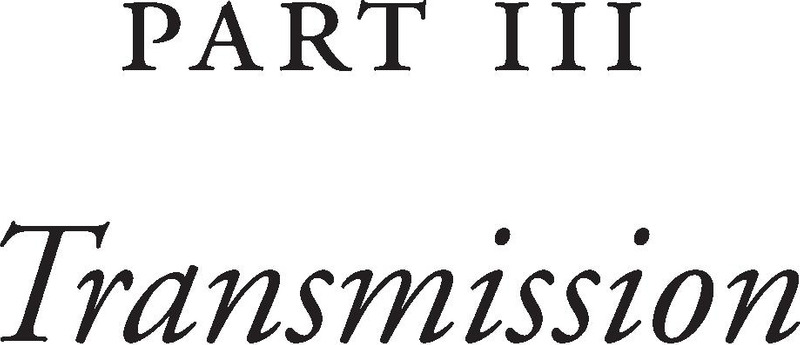Published online by Cambridge University Press: 09 April 2021

The most up-to-date treatment of Sappho’s Alexandrian edition remains Liberman 2007. For new insights provided by the ‘Newest Sappho’ into the articulation of Book 1, see Obbink 2016b, D’Alessio 2019. For the vexed issue of Sappho’s Epithalamia, the most recent contributions are Yatromanolakis 1999, Puglia 2008, and Dale 2011a. For the early reception, textual and visual, of Sappho in the fifth and fourth centuries, see Yatromanolakis 2007 and Coo. For the direct and indirect transmission of Aeolic poetry, see Nicosia 1976.
Janko 2005 (on the New Sappho) and Obbink 2014b (on the Newest Sappho) offer approachable guides to newly discovered papyri. The major problems with the provenance of the latter papyri are treated by Mazza 2019 and Sampson 2020; this is a fast-moving area which has attracted considerable international press attention. An outstanding account of the discovery of papyri from the nineteenth century onwards is provided by Parsons 2007.
DeJean 1989a remains central to this topic, as does Most 1995 ≈ Greene 1996b: 11–35; both demonstrate how philological problems and the interpretation of Sappho’s life and poetry are intertwined.
To save this book to your Kindle, first ensure [email protected] is added to your Approved Personal Document E-mail List under your Personal Document Settings on the Manage Your Content and Devices page of your Amazon account. Then enter the ‘name’ part of your Kindle email address below. Find out more about saving to your Kindle.
Note you can select to save to either the @free.kindle.com or @kindle.com variations. ‘@free.kindle.com’ emails are free but can only be saved to your device when it is connected to wi-fi. ‘@kindle.com’ emails can be delivered even when you are not connected to wi-fi, but note that service fees apply.
Find out more about the Kindle Personal Document Service.
To save content items to your account, please confirm that you agree to abide by our usage policies. If this is the first time you use this feature, you will be asked to authorise Cambridge Core to connect with your account. Find out more about saving content to Dropbox.
To save content items to your account, please confirm that you agree to abide by our usage policies. If this is the first time you use this feature, you will be asked to authorise Cambridge Core to connect with your account. Find out more about saving content to Google Drive.